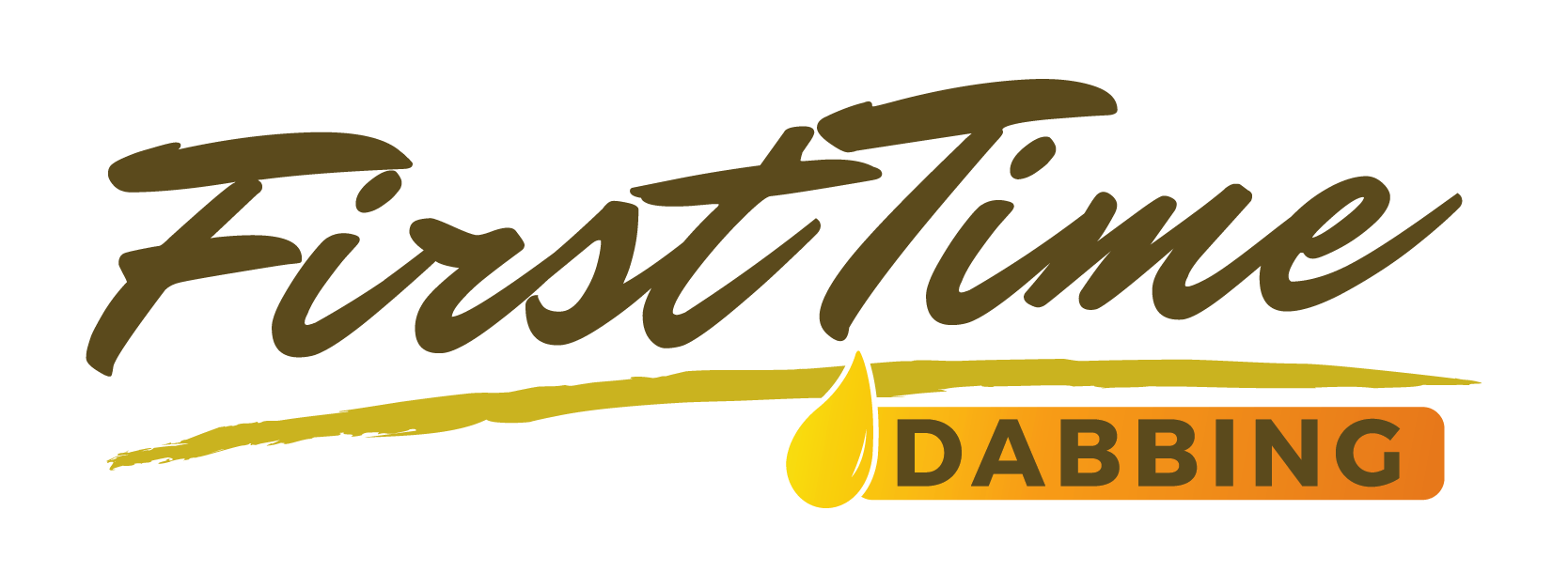Before it was a symbol, dabbing was a workaround. Early concentrate fans heated “hot knives” on a stove and sandwiched hash between the blades to vaporize it—crude, risky, and absolutely formative. That DIY spirit seeded a new ritual: a heated surface, a tiny portion of extract, and a fast, flavorful inhale that felt more like tasting than smoking. Glass artists and tinkerers refined the hardware, but the cultural spark came from the practice itself: compact, high-impact, and unabashedly geeky about technique.
By the late 2000s and early 2010s, butane hash oil (BHO) was exploding—sometimes literally—into view. Underground extraction spread faster than safety norms, and newsrooms took notice with stories of mishaps and makeshift labs. Those headlines, while sobering, pushed the term “dabs” into the mainstream vocabulary and framed concentrates as something potent, novel, and controversial—exactly the kind of friction that often precedes a subculture’s breakout.
From there, the culture began to codify. New language—“globs,” “low temp,” “terps”—made dabbing feel like a club with its own etiquette. The holiday helped, too: 7/10 (flip it and you get OIL) turned July 10 into a celebration of concentrates, mirroring 4/20’s grassroots vibe while giving dabbers a day to declare their identity. On social feeds and in sesh rooms, the countdown to 7:10 became a knowing wink.
Technology did the rest. The arrival of electronic nails (e-nails) moved dabbing from torch theatrics to temperature precision, elevating flavor and consistency and making the ritual feel more culinary than combustible. Suddenly, people were talking about 480–540°F for brighter terpenes, not just “red hot.” That precision invited the wine-like language that defines modern dab culture—notes, finish, body—and turned rigs into conversation pieces as much as consumption tools.
Innovation also softened the image. In 2015, rosin pressed its way into the lexicon: heat and pressure, no solvents, just sap squeezed from flower or hash. Rosin’s origin story—a hair-straightener “aha!” moment—was tailor-made for social media, and it reframed dabbing as craft and cleanliness, not chemistry. “Live” and “hash” rosins followed, promising flavor fidelity that tasted like opening a jar in the grow room. For many, that was the moment dabbing went from edgy to aspirational.
Meanwhile, the broader industry professionalized extraction. Licensed labs standardized purity and terpene preservation, and mainstream tech outlets ran explainers on shatter, wax, and live resin. The coverage shifted the narrative from novelty to know-how: controlled environments, closed-loop systems, and meticulous post-processing. Dabbing started to look less like a dare and more like a discerning choice—especially for flavor chasers and patients seeking fast relief.
Of course, culture is made by people, not products. Dabbing’s icon status comes from the scenes it shaped: the group lean around a rig; the glass-collecting rabbit hole; the etiquette of heating, waiting, and offering “first dab” to a friend. It’s in the travel rituals (packing a portable e-rig), the micro-holidays (7:10, July 10), and the way a single inhale can turn a living room into a tasting room. It’s also in the lessons learned—responsible extraction, ventilation, and safety after very public wake-up calls—proof that cultures mature as they grow.
Today, dabbing anchors a fluent, flavor-forward corner of cannabis. It’s a handshake among enthusiasts, a showcase for glass and engineering, and a tasting format that rewards curiosity. Like espresso in coffee or vinyl in music, dabs signal a certain devotion: a willingness to fuss a little for a lot of payoff. That’s how rituals become icons—one careful heat-up, one shared rip, one “whoa, taste that?” at a time.

